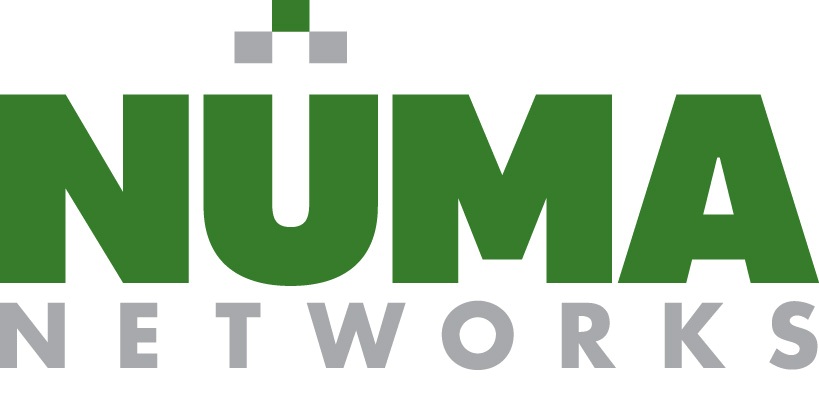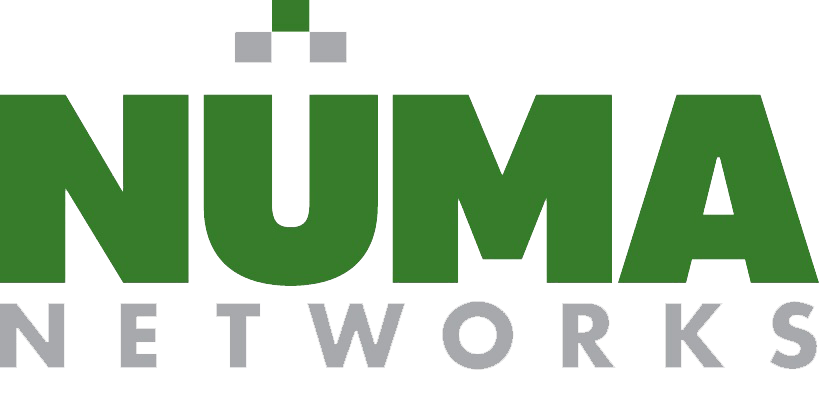When it comes to your business’s hardware and software, it pays dividends to be proactive instead of reactive. The end game is to eliminate downtime, unplanned expenses and improve productivity.
However, many businesses squeeze as much life from their technology assets as possible. The downside can be unexpected expenses and headaches as equipment inevitably breaks down and becomes obsolete over time.
Which begs the question: does your business have a plan for lifecycle management?
While many businesses leave their technology asset management to chance, experts say you can get more value from your IT by planning ahead. Here’s a look at how.
What Is Lifecycle Management?
Today’s business has many types of equipment and software under one roof. They include servers, desktops, laptops, tablets and mobile phones; operating systems, CRMs and all kinds of business applications. These hardware and software assets need to be acquired, managed and eventually retired.
By regularly tracking your technology assets’ lifespans, contract lengths, warranties, licenses, service issues and costs, you can avoid downtime and unnecessary expenses as equipment reaches the end of its useful life. Not to mention, you also have a much better idea of how much to budget for future technology acquisitions, and keep your business productive.
Creating a Lifecycle Management Plan
Before creating a lifecycle management plan for your business, it’s important to know what goals you want to achieve. Do you want to:
- Eliminate downtime?
- Speed up your business processes and systems?
- Enable employees to be more productive?
- Make cost-effective technology acquisition decisions?
- Retire IT assets before they start to require additional resources?
- Make sure technology assets are used in an efficient manner?
- Ensure compliance in the event of an audit?
- Reduce liability in partner relationships?
Finding the best method for tracking your technology lifecycles depends on a variety of factors. Those factors are the size of your company, the number of technology assets, and the nature of your business.
Here’s a look at a few different lifecycle management methods in use today:
Capital budgets: This approach relies on accounting policies to determine when to replace assets. However, set budgets don’t always take into account the actual lifespan of equipment or the cost of unexpected expansion.
Warranty expiration: Some companies base technology lifecycles on warranties. But, this approach may not make sense if the warranties expire before the hardware or software has reached the end of its lifecycle. We recommend leveraging extended warranties to increase the life expectancy of your technology.
Waiting for equipment to fail: While this is a sure-fire way to know a technology asset has reached the end of its useful life, it’s a risky approach and not advisable.
Regardless of which method your business uses, the general rule of thumb is to replace your hardware or software when the cost of maintaining it exceeds the cost of replacing it.
Tracking the Lifecycle of Your Technology Assets
In order to manage the lifecycle of your assets, you need both procedural and technological processes in place. Of course, these vary depending on the size and nature of your business. While a small business can get away with a lower level of effort and discipline relative to lifecycle management, larger companies have to invest a lot more time and energy into the same process.
Additionally, tracking all of the IT assets in your company can be a manual, error-prone and time-consuming practice. That’s why many companies invest in a professional managed IT services firm that can simplify the lifecycle management planning and process for your business. An outsourced IT provider can more easily track business technology assets using tools for automatic discovery and tracking of hardware and software.
Many studies show having an effective lifecycle management process in place goes a long way in helping you make better financial decisions as well as eliminate unnecessary downtime and loss of productivity for your business.
If you haven’t already, consider developing a lifecycle management policy for your business. You can start refreshing your technology today by contacting us for a complimentary Technology Assets Lifecycle Plan. With our IT expertise and knowledge of the latest technologies, we help your business save money, reduce downtime, improve productivity and, generally, keep it running smoothly.


